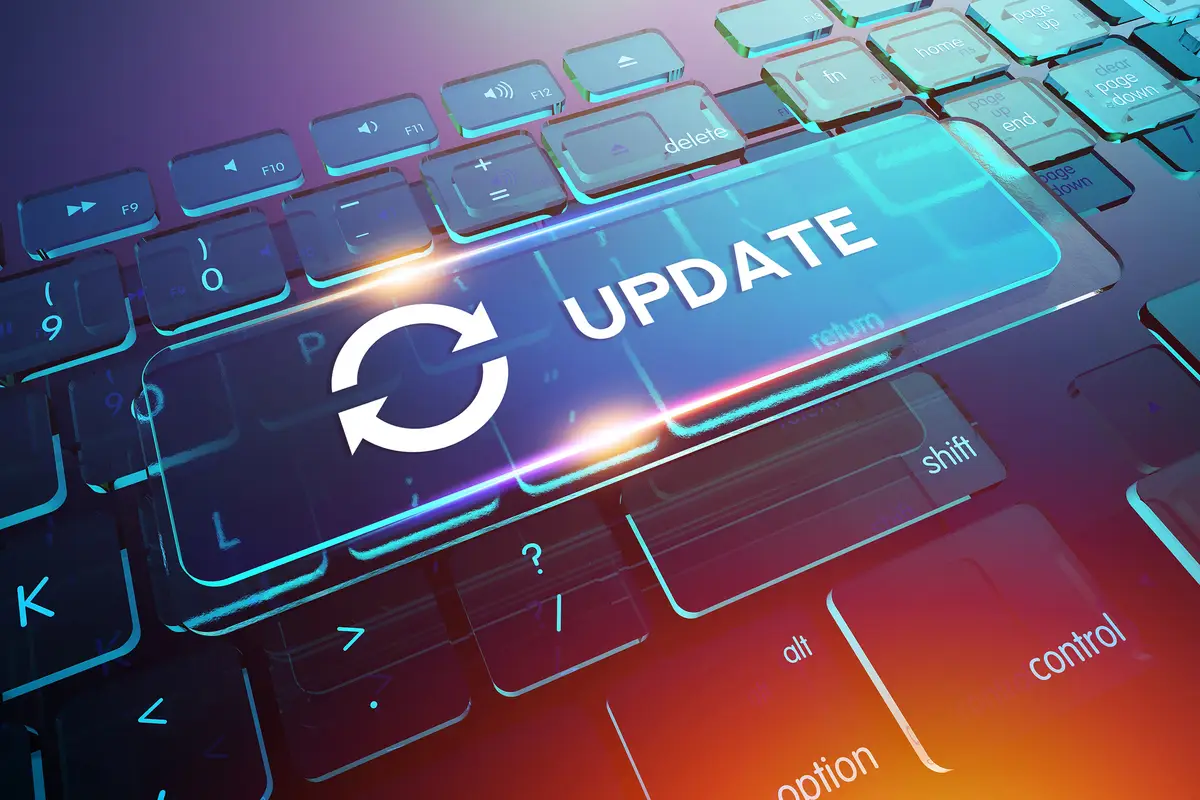
Upgrading a computer is a strategic decision that can extend its lifespan and improve performance without the need for a complete replacement. Here are the key indicators and scenarios to consider when to upgrade your computer:
1. Slow Performance
- When to upgrade: If your computer feels sluggish, particularly during everyday tasks like browsing the web, working with documents, or opening multiple programs, it could be time for an upgrade.
- What to upgrade: Consider upgrading the RAM (to handle more multitasking) and switching to an SSD (to speed up boot and load times). These two upgrades can make a noticeable difference in system responsiveness.
2. Running Out of Storage
- When to upgrade: If your hard drive or SSD is consistently full or nearly full, your computer will slow down. Older HDDs also have slower read/write speeds compared to modern SSDs.
- What to upgrade: Upgrade to a larger SSD for faster speeds and more space. If your system already has an SSD, consider adding an additional drive for extra storage.
3. Outdated Software or Operating System
- When to upgrade: If your operating system is no longer supported (e.g., Windows 7, Windows 8) or you’re missing out on the latest features and security updates, it’s time to upgrade.
- What to upgrade: Install the latest version of your operating system (e.g., Windows 11 or macOS). Make sure your hardware is compatible with newer OS versions before upgrading.
4. Increased Demands (Gaming, Video Editing, etc.)
- When to upgrade: If you’re getting into gaming, video editing, or 3D rendering, and your computer can’t keep up with the performance demands (e.g., low frame rates, long render times), it’s time for an upgrade.
- What to upgrade: Upgrade your graphics card (GPU) for better gaming or video performance. If your CPU is old or not up to the task, upgrading to a faster processor (CPU) can also help.
5. Frequent Crashes or Overheating
- When to upgrade: If your computer crashes frequently, freezes, or overheats during use, your components may be outdated or underpowered.
- What to upgrade: Upgrading the cooling system (fans, heatsinks, or adding liquid cooling) may resolve overheating. Also, upgrading the power supply unit (PSU) or motherboard could be necessary if your system can’t handle newer components or additional upgrades.
6. Your Computer is Over 4-5 Years Old
- When to upgrade: If your computer is several years old (4+ years), it may no longer be able to keep up with modern software and hardware requirements, especially for gaming, media creation, or running virtual machines.
- What to upgrade: Consider upgrading the processor (CPU) and motherboard, as these are key components that affect overall performance. If the system’s architecture is outdated, a full system upgrade may be more cost-effective.
7. You Need More Multitasking Power
- When to upgrade: If you run many programs at once (e.g., browser tabs, office apps, design software) and your system starts to lag, it’s a sign you need more memory.
- What to upgrade: Upgrade your RAM (e.g., from 8GB to 16GB or 32GB) to improve multitasking capabilities. For power users, a faster SSD can also help.
8. Using Specific, Demanding Applications
- When to upgrade: If you’re running demanding applications (like video editing software, CAD programs, or virtual machines) and the computer is slow or unresponsive, it may struggle with resource-intensive tasks.
- What to upgrade: Upgrade to a more powerful CPU for faster processing, add more RAM for better multitasking, and upgrade your GPU for better graphics rendering.
9. You Want to Improve Gaming Performance
- When to upgrade: If you’re into gaming and experiencing low frame rates, stuttering, or poor graphics quality, your system may not be up to current gaming standards.
- What to upgrade: The GPU is the most important upgrade for gaming. Also, make sure your RAM is sufficient (16GB or more is ideal for modern gaming).
10. Lack of Port and Peripheral Compatibility
- When to upgrade: If your computer is missing modern ports (USB-C, Thunderbolt, etc.), lacks support for newer peripherals (external GPUs, faster network cards), or your motherboard doesn’t support newer technologies (like Wi-Fi 6 or NVMe SSDs), it may be time for an upgrade.
- What to upgrade: Upgrade your motherboard to one that supports modern standards and connectors. You may also need a new CPU and RAM to match the new motherboard.
11. You Need to Run Virtual Machines or Heavy Workloads
- When to upgrade: If you’re running virtual machines (VMs) or engaging in workloads that require a lot of resources (like software development, data analysis, or testing), a standard PC might not handle the workload well.
- What to upgrade: Upgrade to a multi-core CPU with higher processing power and more RAM. A fast SSD can also help load virtual environments quicker.
12. Your Computer Is Becoming Obsolete for Security
- When to upgrade: If your system is running outdated hardware that can’t be updated to the latest OS, or if you’re unable to install security patches and updates, it might be vulnerable to cyber threats.
- What to upgrade: Consider upgrading the processor, RAM, and storage to ensure compatibility with newer operating systems and security features.
Summary of When to Upgrade
- Upgrade when: Performance is sluggish, storage is full, you need faster processing (gaming, editing, multitasking), you’re experiencing frequent crashes, your system is outdated (4-5 years old), or when you need new ports or compatibility with modern technology.
- Key components to upgrade:
- SSD (for speed improvements)
- RAM (for multitasking)
- GPU (for gaming or creative tasks)
- CPU (for overall performance)
- Motherboard (for compatibility with new technologies)
By assessing your current computer’s performance and identifying what areas need improvement, you can make targeted upgrades that offer the best value and improve your computing experience.




